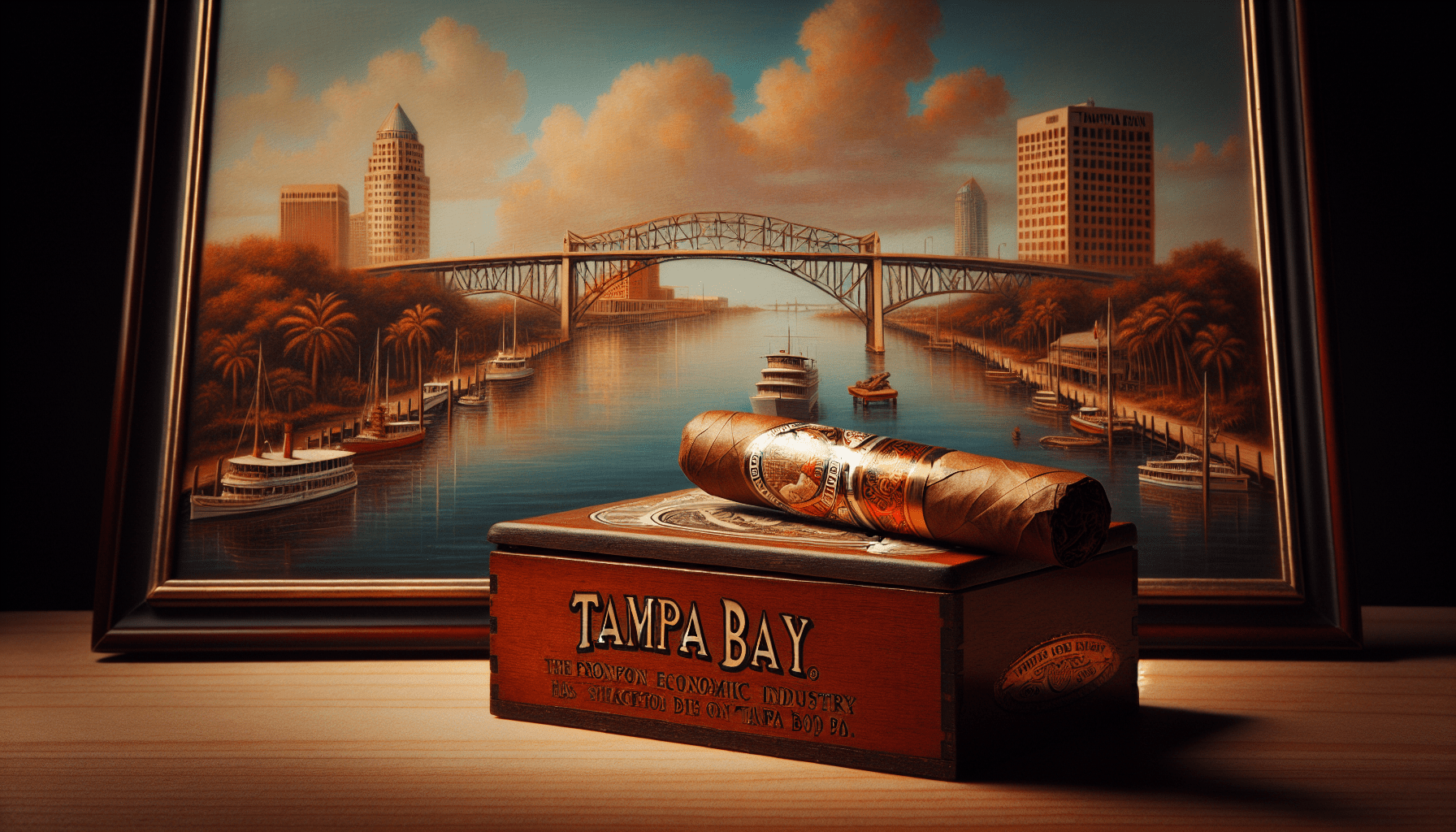Welcome to an exploration of the historical significance of Tampa Bay! Over the years, Tampa Bay has been known for its rich history in the cigar industry, vibrant Cuban culture, and being home to the famous pirate Jose Gaspar. From its early beginnings as a trading post to its growth into a bustling city, Tampa Bay holds a wealth of fascinating stories and traditions waiting to be discovered. Let’s dive into the history and uncover the unique charm that has shaped this iconic region.
What Is Tampa Bay Historically Known For?
You may have heard of Tampa Bay in passing or seen it on a map, but do you know what this area is historically known for? Let’s dive into the rich history of Tampa Bay and explore some of its most significant events, people, and industries that have shaped the region over the years.
Native American Settlements
Before European settlers arrived in the Tampa Bay area, it was home to various Native American tribes, including the Tocobaga, who inhabited the region for centuries. These tribes lived off the land, fishing in the bay, and hunting in the surrounding forests. Their presence in Tampa Bay dates back thousands of years, leaving a lasting impact on the area’s culture and landscape.
Spanish Exploration
In the early 16th century, Spanish explorers, including Ponce de Leon, ventured into the Tampa Bay region in search of gold and new territories to claim for the Spanish crown. These explorers established settlements along the coast, introducing Spanish culture and architecture to the area. The Spanish influence can still be seen in many of Tampa Bay’s historic buildings and landmarks.
Cuban Influence
In the 19th and early 20th centuries, Tampa Bay became a hub for Cuban immigrants seeking refuge from political turmoil and economic hardship in Cuba. These immigrants brought their rich traditions, music, and cuisine to the Tampa Bay area, shaping the cultural landscape of the region. Today, Tampa Bay is known for its vibrant Cuban community and delicious Cuban cuisine, including the famous Cuban sandwich.
Cigar Industry
One of the most significant industries in Tampa Bay’s history is the cigar industry. In the late 19th and early 20th centuries, Tampa Bay was known as the “Cigar Capital of the World,” with hundreds of cigar factories operating in the area. Cuban immigrants played a crucial role in establishing the cigar industry in Tampa Bay, creating a booming business that brought prosperity to the region. To this day, Tampa Bay is known for its rich cigar-making history and the annual Cigar Heritage Festival that celebrates this iconic industry.
Civil War Era
During the Civil War, Tampa Bay played a strategic role as a port for the Confederate army, allowing them to transport supplies and troops to support the war effort. The Battle of Tampa, fought in 1862, was a significant event during this time, with Union troops attempting to capture the city but ultimately being repelled by Confederate forces. Tampa Bay’s involvement in the Civil War left a lasting impact on the region’s history and development.
Henry Plant and the Railroad
In the late 19th century, railroad tycoon Henry Plant played a significant role in shaping Tampa Bay’s economy and infrastructure. Plant built the Tampa Bay Hotel, a grand hotel that attracted wealthy visitors from around the world. He also established the Plant System, a network of railroads that connected Tampa Bay to other major cities in Florida and beyond. Plant’s contributions to the region helped transform Tampa Bay into a thriving hub of commerce and tourism.
Gasparilla Pirate Festival
Every year, Tampa Bay hosts the Gasparilla Pirate Festival, an event that celebrates the city’s unique pirate history. The festival pays homage to legendary pirate Jose Gaspar, who supposedly terrorized the waters of Tampa Bay in the 18th century. During the festival, thousands of people gather to watch a parade, participate in pirate-themed events, and enjoy the festive atmosphere. The Gasparilla Pirate Festival is a beloved tradition that highlights Tampa Bay’s playful spirit and connection to its swashbuckling past.
Prohibition Era
During the Prohibition era in the 1920s, Tampa Bay became a hotbed of bootlegging and illegal alcohol smuggling. The bay’s proximity to Cuba made it an ideal location for rumrunners to bring contraband alcohol into the United States. Speakeasies and underground bars popped up throughout the region, catering to locals and tourists alike looking to indulge in forbidden spirits. The Prohibition era left a mark on Tampa Bay’s nightlife scene and reputation for being a haven for those seeking a good time.
MacDill Air Force Base
Established in 1939, MacDill Air Force Base has played a vital role in Tampa Bay’s history and economy. The base serves as the headquarters for the United States Central Command and the United States Special Operations Command, playing a crucial role in national defense and security. MacDill Air Force Base has also been a significant employer in the Tampa Bay area, providing jobs and economic stability to the region.
Modern-Day Tampa Bay
Today, Tampa Bay is a vibrant and diverse region known for its beautiful beaches, cultural attractions, and thriving business community. The area’s rich history is still evident in its architecture, cuisine, and traditions, blending seamlessly with the modern amenities and opportunities that Tampa Bay has to offer. Whether you’re exploring the historic streets of Ybor City or enjoying a day at the beach, Tampa Bay has something for everyone to enjoy.
From its Native American roots to its Cuban influence and booming cigar industry, Tampa Bay’s history is a tapestry of cultures, events, and industries that have shaped the region into what it is today. As you explore Tampa Bay’s historic landmarks and attractions, take a moment to reflect on the people and events that have contributed to the rich tapestry of history that makes Tampa Bay a truly unique and special place.
